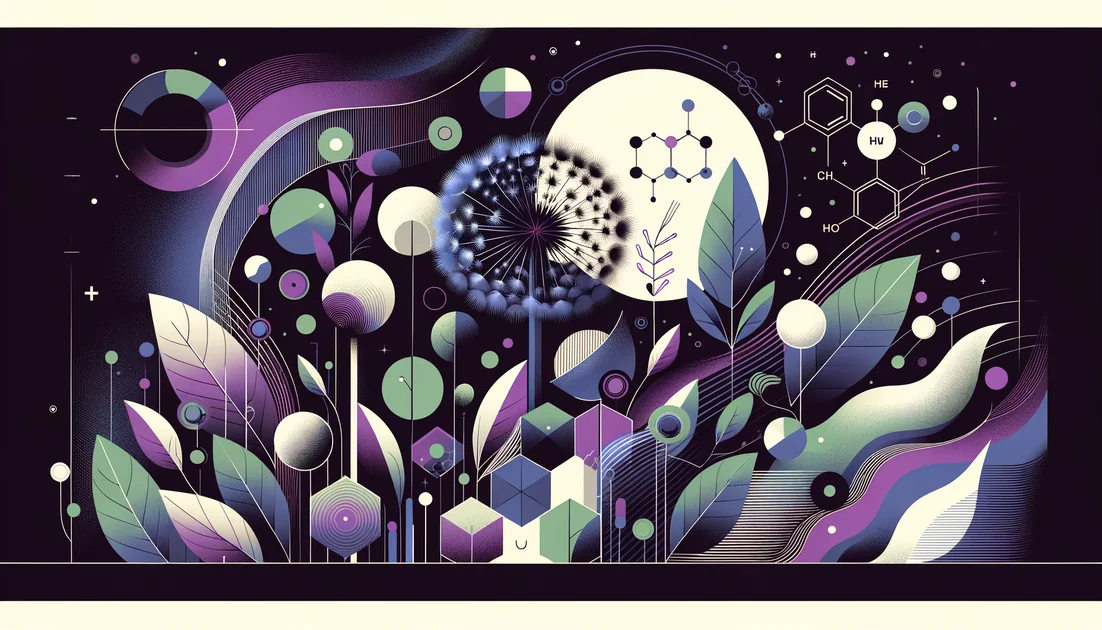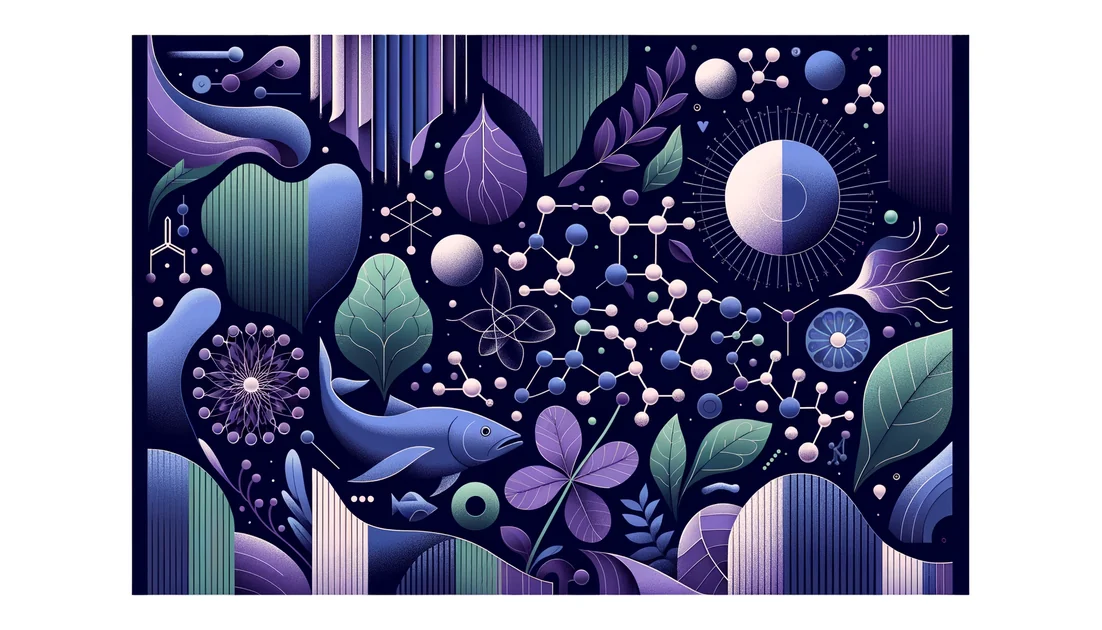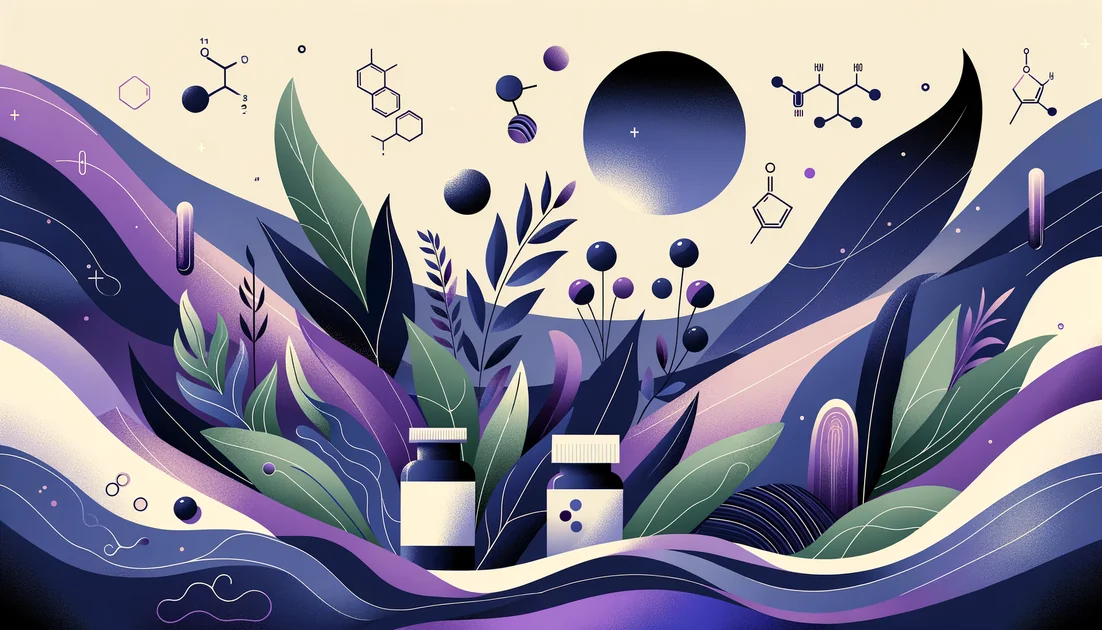
The Weed That Wouldn't Leave: How Dandelion Went From Lawn Nuisance to Curious Medicine
You're about to blow a dandelion puff and make a wish when a quieter question drifts in: if this plant is such a menace to lawns, why did generations carry it in their medicine chests?
- Evidence
- Traditional Use
- Immediate Effect
- Within hours (for diuretic leaf preparations in a small pilot) → Same day (first 5–10 hours after dosing)
- Wears Off
- Within 24 hours after stopping (based on pilot observations)
A weed with a passport
Dandelion's story crosses languages and centuries. Even its name hints at attention to detail: the English "dandelion" borrows from the French dent-de-lion—lion's tooth—for the jagged leaves that bite the air around them. The scientific "Taraxacum" likely traces to medieval Arabic texts on bitter herbs, a reminder that people didn't just notice this plant; they studied it. [6]
When tradition meets a skeptical lab coat
Open a modern U.S. government page and the tone is plainspoken: "There's no compelling scientific evidence supporting the use of dandelion for any health condition." That sentence from the National Center for Complementary and Integrative Health sets the baseline: interest is high, proof is thin. [1] Across the Atlantic, Europe's herbal regulators take a different tack—not because the data are stronger, but because the tradition is. The European Medicines Agency recognizes dandelion preparations (root-with-herb, or the root alone) as traditional herbal products "for temporary loss of appetite" and "to increase the amount of urine to flush the urinary tract," uses accepted on the basis of long-standing practice, not modern clinical trials. [2][7] So how do we square cultural memory with scientific caution?
The bathroom-break study
In 2009, a small pilot put one of dandelion's oldest claims—the "make-you-pee" effect—to a straightforward test. Seventeen volunteers drank a fresh leaf extract over a single day while logging fluids and bathroom trips. Urination frequency rose within five hours of the first dose; the amount excreted relative to intake climbed after the second dose. By the third dose, the effect faded. It's not a definitive trial, but it's a rare window into what people have long reported. [3] Think of it like nudging a faucet rather than opening a hydrant: the effect arrived quickly, then eased. That fits with how many use dandelion leaf tea—as a short-term, mild diuretic when they feel puffy after a salty meal, not as a long-term water pill. [3]
Bitters before dinner: a forgotten reflex
Traditional European bitters were taken before meals to "wake up" digestion. Dandelion sits squarely in that lineage. Even without large trials, Europe's monographs still place it among herbs used for minor digestive complaints and temporary loss of appetite—likely by engaging the taste-mediated digestive reflexes that tell your stomach and bile to get ready for food. In everyday terms, bitters act like a kitchen bell; they ring, and the digestive staff reports for duty. [2][7]
Inside the plant: what might do the work
Chemists peering into dandelion find a pantry of compounds—bitter sesquiterpene lactones in the leaves, and in the roots, plenty of inulin (a fermentable fiber) alongside phenolics like chicoric acid. Preclinical papers describe antioxidant and anti-inflammatory actions, and hepatobiliary effects that could align with the traditional "liver and bile" story, but authors repeatedly note the human evidence remains limited. Translation: the ingredients are intriguing; the recipes still need tasting in rigorous trials. [5]
The pandemic twist that lit up Petri dishes
During COVID-19, researchers explored thousands of plant extracts in the lab. In 2021, a German team reported that a water extract of dandelion leaves blocked the spike protein from latching onto the ACE2 doorways on human cells—an in-vitro result also seen with some variants—and reduced inflammatory signaling in lung-cell models. That's a molecular scene, not a human outcome; it's like watching a lock-and-key interference under a microscope, not proof that the herb prevents infection in real life. Still, it's a surprising cameo from a backyard plant that kept scientists' curiosity alive. [4]
Two voices worth hearing
"There's no compelling scientific evidence supporting the use of dandelion for any health condition." That sober line from NCCIH keeps our feet on the ground, especially online where claims can run ahead of facts. [1]
The EMA's herbal committee frames it differently: on the basis of long-standing use, dandelion is suitable for "temporary loss of appetite" and for increasing urine to flush the urinary tract—clear about scope and limits. It's permission to use tradition when risk is low and expectations are modest. [2]
How people actually use it (when they do)
If you're curious, think in parts and purposes:
Leaf (tea or tincture): the "faucet nudge." People reach for it when they feel fluid-logged from travel or a heavy, salty meal. Effects, if they happen, are usually felt the same day, and then subside. [3]
Root (tea or roasted "coffee"): the "kitchen bell" bitter that some take 15–30 minutes before meals when appetite is sluggish or bloating is mild. European monographs place this use firmly in the traditional category. [2][7]
Quality matters: use products that specify the plant part (leaf vs root), species (Taraxacum officinale), and extraction method. Start low, observe, and keep your goals modest—comfort, not cure.
Safety, in plain language
Dandelion as food is generally considered safe; larger supplemental amounts are less well studied. Allergic reactions can occur, especially in people sensitive to plants in the daisy family. Because dandelion may affect fluid balance and blood sugar—or in theory interact with blood thinners—talk to your clinician if you take diuretics, lithium, anticoagulants/antiplatelets, or diabetes medicines. If you have bile duct blockage or painful gallstones, bitters of any kind can provoke discomfort and should be avoided unless your clinician advises otherwise. [1][2]
Where the trail leads next
Right now, dandelion sits in a familiar middle place for herbs: culturally trusted, scientifically under-tested. We have a small human study suggesting a mild, short-lived diuretic effect; an official European nod to traditional digestive uses; and lively lab results hinting at molecular talents we don't yet know how to translate into human outcomes. The next chapter is obvious: pragmatic, well-controlled trials that measure what matters to people—bloating after meals, bathroom trips after travel, quality-of-life in benign urinary complaints—and that track safety side-by-side. [1][2][3][4][5]
A closing reflection
Maybe the most interesting thing about dandelion isn't what we already believe, but how it invites humility. A plant we try so hard to evict keeps returning—stubborn, bright, ordinary. Tradition says it can nudge appetite and water; the lab says it can do clever things in glassware; modern medicine says, "Show me." And that's the healthiest posture of all: curiosity with good boundaries—exactly what a health-conscious reader brings to every cup of tea.
Key takeaways
- •Evidence is modest: U.S. authorities note no compelling proof, while European regulators allow traditional use for temporary appetite loss and increased urination.
- •Leaf vs. root matters: choose leaf for a short-term diuretic nudge; use root as a bitter before meals for minor bloating or sluggish appetite.
- •Timing cues: leaf tea acts within hours; take root 15–30 minutes before eating if you like the bitter approach.
- •Early signals from research: a small human pilot saw increased urination that faded by the third dose; most lab findings remain preclinical (phenolics, inulin, antioxidant/anti-inflammatory).
- •Who it may suit: people needing a gentle, short-term push after salty meals or travel, or those who prefer classic bitters before meals.
- •Safety first: avoid or seek medical advice if you have ragweed/chrysanthemum sensitivity, bile duct obstruction, painful gallstones, kidney issues with fluid/potassium limits, or take diuretics, lithium, anticoagulants/antiplatelets, or diabetes medications.
You might also like
Explore more of our evidence-led investigations, comparisons, and guides across every article style.

Nature's Way
Nature's Way: Testing powerhouse with selective transparency

Marine collagen peptides (fish-derived) vs Bovine collagen peptides (hide-derived)
Pick marine if you avoid land animals or value potential sustainability; pick bovine if you want lower cost and the same evidence profile. Clinically, source doesn't clearly change outcomes. [1][2]

Best for hormone balance (perimenopause & menopause)
ERr 731 (rhubarb extract) — 4 mg daily — fast VMS relief [9]

Turmeric (Curcuma longa) / Curcumin
Morning light catches a bowl of saffron-yellow paste as aunties circle a bride, dabbing turmeric on her cheeks; across the world, a rheumatology clinic weighs a patient's options for knee pain. How did the same golden powder travel from wedding ritual to clinical conversation—and what does the science actually say?

Ashwagandha + Rhodiola: Calm Energy or Just Hype?
Dual-core, theoretical synergy: good rationale, solid solo data, but no head-to-head Ashwagandha+Rhodiola trials yet.

Tocotrienols
The stealthier cousins of vitamin E—built with springy tails that move differently in cell membranes and behave differently in your body.


